🤕Back pain is one of the most common medical problems in the world. A whopping 23% of adults all across the globe suffer from this seemingly minute yet life-changing condition. In fact, adults aren’t the only ones susceptible to back pain. For some, it can be a persisting condition from childhood to adulthood. So in this article, we will discuss ten tips for managing back pain.
Various things, including injury, poor posture, and stress, can cause it. If you are dealing with back pain, you know how debilitating it can be. Fortunately, there are steps you can take to manage your back pain and improve your quality of life
🤯Causes of Back Pain
Back pain can stem from a variety of causes. An acute injury, such as a fall or car accident, can sometimes cause it. It can also result from chronic conditions like arthritis or degenerative disc disease.
For today, we’re going to address back pain caused by factors we can control. Here are some causes that we can immediately address at home.
- ❌ Poor posture
- ❌ Overloading repetitive motions
- ❌ Immobile and stiff surrounding muscle groups
- ❌ Weaknesses in surrounding muscle groups
Pain is a sign that there is something wrong in your body. For back pain, it might be a direct weakness in the area, or it can come from a relative muscle that can induce back pain, such as weakness of the general core or tightness of the glutes and hamstrings.
We will focus on ten tips to help you manage your back pain that we can immediately address.
💯10 Tips to Manage Back Pain
✅Strengthen and Mobilize
If you’re dealing with back pain, one of the best things you can do is focus on strengthening and mobilizing your back muscles. This can help stabilize your spine and take pressure off your discs and joints.
A common mistake people with back pain make is to restrict the movement area fully. This can cause a bigger issue and worsen the situation. Especially if the cause of the lower back pain is weakness and tightness, resting will only make you lose the muscles’ capacity to move and stabilize in the long run. Strengthening and mobilizing the back and other posterior muscles will help you regain function and alleviate and prevent back pain.
A 2020 study shows that strengthening the body through resistance training can lead to meaningful results such as pain reduction, improvement in general daily movement, and a better physique. There are a variety of ways you can do this. However, our favorite method is bodyweight training.
This is one of the best things you can do for your overall health, and it’s also great for your back. Calisthenics helps to strengthen your muscles, increase flexibility, and improve your range of motion and address injuries as well.
Read more here: 📍How to Treat Injuries with Calisthenics
✅Working on calisthenics fundamentals
If you don’t have access to this, use normal push-ups GIF. I cant seem to find the link for this or it’s with Ritesh
Calisthenics offers many specific exercises that can address weaknesses and tightness in your back. But bodyweight training can also help strengthen the body holistically through calisthenics fundamentals. This eventually leads to a strong, mobile, balanced body free from back pains.
Here are the calisthenics fundamentals:
- Push-ups
- Pull-ups
- Squats
- Dips
- Core
- Handstand
In The Movement Athlete app, we tackle and emphasize these movements to achieve holistic development of fundamental strength, mobility, & flexibility. As a result, Movement athletes who have been experiencing back pains (and other aches such as hip and shoulder pains) for a long time are now finally experiencing relief and comfort.
Here are a few examples:
- “I used to have days where I didn’t want to get out of bed; now I can’t remember the last time I regretted just getting up to walk.” – Michael
Michael is a 21-year-old student struggling with lower back pains but later recovered thanks to calisthenics and The Movement Athlete app.
- “When I was a bodybuilder, I hurt my back. So I started doing yoga and then found an alternative to lifting weights that weren’t lifting weights. A bit of bodyweight training.” – Edward
Edward has developed chronic lower back pain since training with weights and because of long hours at the oil rig. He has alleviated the nagging pains by adding calisthenics through TMA in his regimen.
More inspiring stories of people who faced back pains here:📍 Movement Athletes Success Stories
✅Staying Active
It may seem counterintuitive, but staying active is one of the best things you can do for back pain. Of course, you don’t want to overdo it and put too much strain on your back. But low-impact activities, such as walking, swimming, and biking, can help relieve back pain.
Finding an activity you enjoy that doesn’t worsen your back pain is vital. We recommend talking to your doctor or a physical therapist if you need help figuring out where to start. They can help you find an activity that’s right for you.
Choosing the Exercise
You can even opt for the simplest as walking and standing, if your lifestyle can accommodate deliberate walking around your area for 30 minutes. You can also stay active by standing up from your work desk and walking around your room while on a call or thinking.
Just stay active in your daily life deliberately, which will also help you lose fat and get a better physique. Inactivity will cause the muscles around your spine to weaken and atrophy, leading to back pain.
So, ensure you stay active, even if it’s just a little bit each day. However, a study by Jung-Seok and Suh-Jung found that combining walking and strength training further improves results.
Improving Your Posture
One of the main causes of back pain is sustained posture. It has been a common belief that having poor posture can cause back pain. However, a recent 2021 analysis concludes that there is no relationship between having a bad posture and back pain. Several studies support this claim.
Having an ideal posture is more complex than standing (or sitting) up straight and erect. There is no perfect posture, as our bodies are all different and are meant to move, which requires our posture to adapt.
What you need to think about more is movement. Instead of sitting down for the complete duration of your work shift with the “perfect” posture, change it occasionally. Go stand up or squat for a few seconds if you have to.
Moving improves your posture, which also improves your back pain situation. You don’t have to be strict about having a straight back all the time.
✅Find a good sleeping position.
Relating to posture, how you sleep can also affect your back pain. If you have existing back pain, finding a sleeping position that doesn’t worsen it is essential.
Three prominent sleeping positions are on your back, side, or stomach. Each position has its own set of pros and cons.
Sleeping on your back is generally considered to be the best position for people with back pain. It allows your spine to rest in a neutral position and takes the pressure off of your joints.
If you sleep on your side, keep your knees and hips aligned. You can do this by placing a pillow between your legs. Sleeping on your stomach is generally not recommended for people with back pain. This position can put extra strain on your joints and muscles.
However, there must be a perfect sleeping position as you must find the one that works for you.
If you need help determining your best position, talk to your doctor or a physical therapist. They can help you find a comfortable position that won’t worsen your back pain.
✅Get a healthy physique
We’re not talking about having a 6-pack ripped god bod. You can alleviate your back pain if your weight and body composition (lean muscle mass + body fats) are healthy.
A recent nationwide cross-sectional study shows that weight gain has a strong relationship with lower back pain. Note that the study’s weight gain is not induced by muscle-building training. Individuals here aren’t bulking up and gaining weight with more body fat.`
The back pain and weight relationship can be attributed to two reasons:
- Lack of activity – this has been mentioned earlier that you need to strengthen and mobilize weak points that can be triggering your back pain
- Extra strain – The extra fats add unnecessary force to your passive structures and muscles, which can cause back pain.
So if you can get into a healthier weight and body composition through better nutrition and exercise, the more chances you can alleviate your back pain.
Hot and/or cold therapy
Back pain can be managed thanks to the application of either a hot or cold compress. This depends on preference.
Ice numbs the area and helps with inflammation. Use an ice pack or a bag of frozen vegetables wrapped in a towel. Apply it to the painful area for 15-20 minutes thrice daily.
Heat can also help soothe muscle spasms and aches. It can also assist in muscle recovery for back pain caused by excessive movements. Use a heating pad set on low or a warm, wet towel.
Keep in mind that these two methods can only minimize the pain, unlike the other approaches mentioned above that can directly improve the pain.
✅Over-the-Counter Medicine
Over-the-counter medicines can be very useful if you’re looking for quick relief from back pain. Painkillers like ibuprofen and acetaminophen are effective in reducing inflammation and pain.
However, if the pain persists or gets worse, it is recommended to see a medical professional, as a more serious underlying condition may cause this.
Also, note that while OTC meds can provide pain relief, they can only be temporary. It’s a band-aid solution that doesn’t address back pain’s specific cause. It’s the same case with hot and cold therapy.
✅Stretch Regularly
Regular stretching can help in reducing and even preventing back pain. Stretching relaxes tight muscles, increases the range of motion, and helps with overall flexibility.
Stretching regularly for 10-15 minutes throughout the day or after physical activity is best to reduce your risk of developing back pain.
Research shows that after two weeks of training, individuals undergoing stretching protocols reduced their lower back pains significantly.
Here are the target points you need to stretch, as well as exercises that can help you improve your range of motion in the muscle groups while reducing pain levels:
- Lower back

Seal stretch
- Shoulders
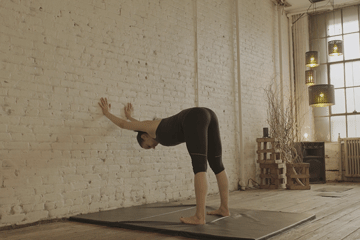
Wall shoulder stretch
- Glutes & hamstrings
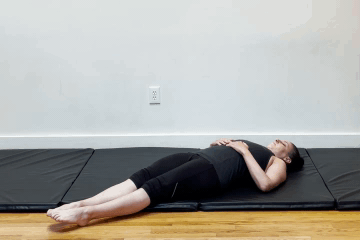
Single Leg IT Band Stretch Both Legs Straight
- Trunk
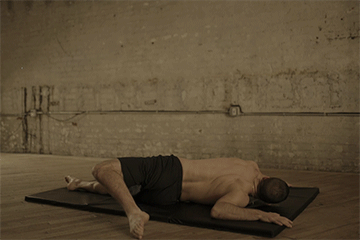
Scorpion stretch
There are so many stretching exercises you can use aside from the ones mentioned above. These are just some of the options you can do at home that are easy to do. Holding each stretch for at least 30 seconds for three rounds should be enough.
Remember that lower back pain doesn’t always stem from a weakness in the lower back itself. It can also come from other connecting muscle groups that can be either weak or stiff.
This is why implementing stretching on top of strengthening and mobilizing exercises can massively make a difference.
✅Improve Exercise Technique
Even if you’re not performing an exercise targeting your lower back, you might be unintentionally putting unnecessary strain on the muscle, leading to lower back pains.
A prime example is when performing push-ups with an arched back. This shifts away the tension from the core to the lower back. The next thing you’ll know, you’ll want to put ice packs on your back.
That being said, it still depends on the technique and intention. For example, if you’re training handstands in calisthenics, a banana handstand with an arching back is a no-no.
This is less efficient in terms of holding for longer periods and can cause back pains. However, if you’re training for that specific form of handstand commonly associated with acrobatics, that’s ok. Specific training and preparation are needed for this form of handstand.
Check your form exercise form in some of the exercises that aggravate back pain. You may need to improve your technique to alleviate the pain eventually.
Here are exercise techniques for calisthenics fundamentals to avoid back pain and other injuries:
Push-ups – 📍10 Common Push-ups Mistakes You Need to Avoid
Pull-ups – 📍11 Dumbest Mistakes You Need to Avoid When Doing Pull-ups
Squats – 📍How to Squat Deep
Dips – 📍Most Common Bodyweight Dip Mistakes (And How to Fix Them!)
✅Reduced Training Volume
And finally, if you’re back pain is caused by overtraining, it’s best to lower the intensity and duration of your exercise.
If you keep pushing yourself too much, your back pain can worsen due to excessive strain on your muscles and joints. This is especially true if you only do warm-up exercises after working out.
It’s essential to focus on quality instead of quantity to prevent this. You don’t need to push yourself to the limit in every workout. If you implement gradual progressive overload, you will eventually reach your goal. Working towards that goal isn’t worth it if it means you’ll have a nagging pain every time you wake up.
Remember that pushing through pain is not a smart choice. “No pain, no gain” is taken out of context. You don’t need to push through pain when working towards these goals.
The key here is to listen to your body.
✅Consulting with a specialist
Still, seeking professional advice is highly recommended if the back pain persists, especially if the pain is becoming too much.
Back pain and any other injuries are highly individualized. One’s back pain differs from the other in terms of many factors. That’s why the best thing to do is consult a specialist.
The doctor or physical therapist can help pinpoint what type of back pain you’re experiencing and provide the necessary treatment specific to your situation. It usually begins with an assessment first to identify the problem so it can be addressed with a personalized solution.
Most of the time, proper rehabilitative exercises are recommended. The professional may also recommend lifestyle changes such as improved posture, better sleeping habits, weight loss, etc., that could help relieve your lower back pain.
📌Takeaway
Following these tips and suggestions can help manage and even prevent back pain. While it’s true that back pain can be very frustrating, there are ways we can prevent it from coming back. With the right approach and technique, you can achieve your fitness goals without putting too much strain on your lower back.
And most importantly, if the pain persists and worsens despite trying all these tips, it’s best to consult with a specialist for proper assessment and treatment. Doing so can help prevent future injury or make the existing one better in no time.
Good luck! 🙂

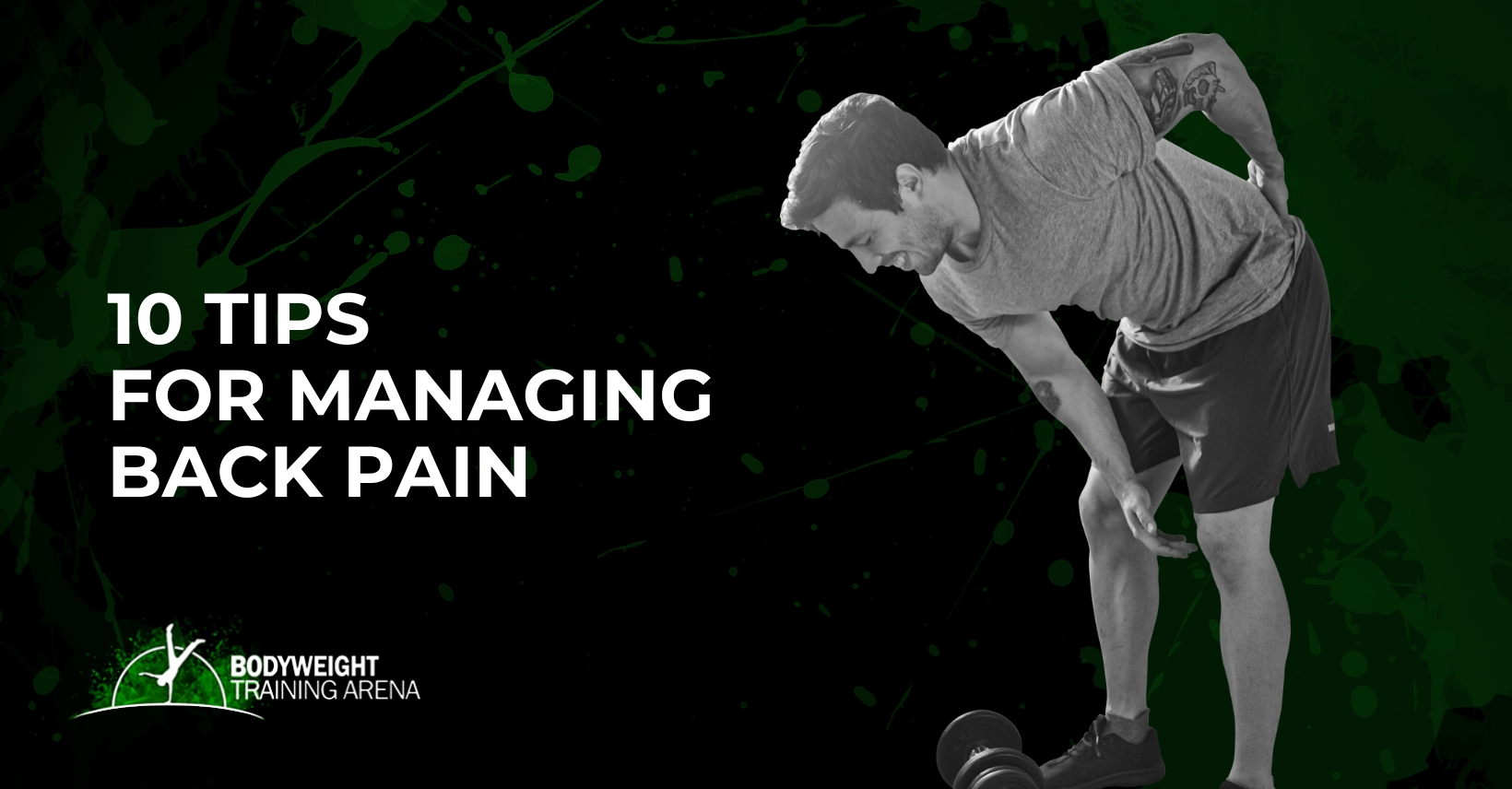
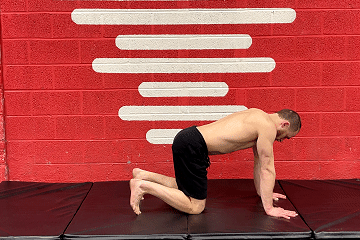

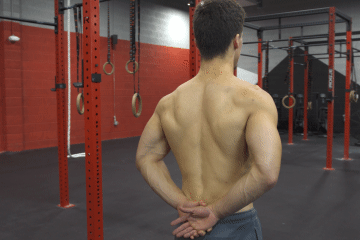
![Up Up Down Down (plank to elbow plank) [Core]](https://bodyweighttrainingarena.com/wp-content/uploads/2023/06/Up-Up-Down-Down-plank-to-elbow-plank-Core_Gif_Small_360x240_982-KB.gif)
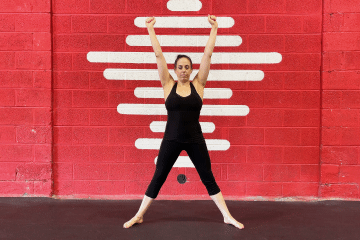

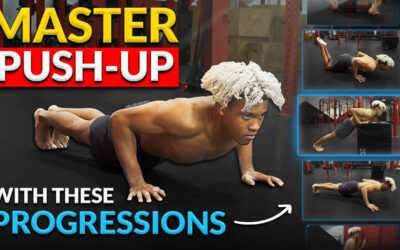

0 Comments